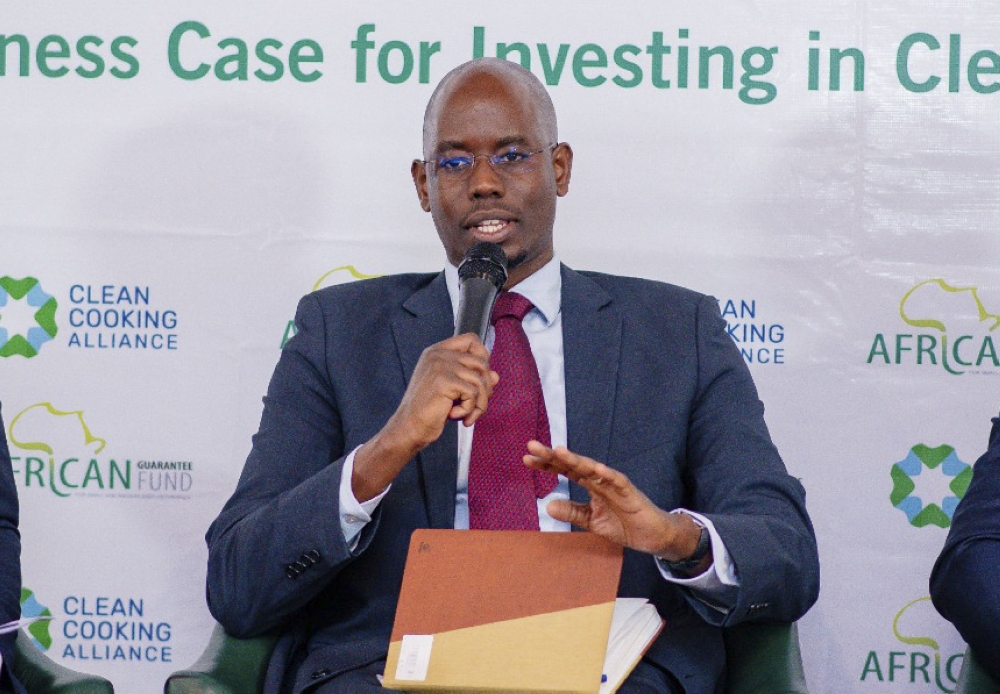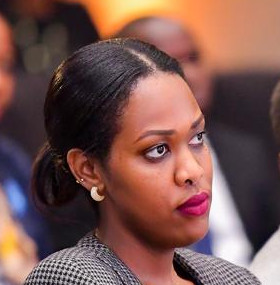

As climate change continues to impact economies, African nations—disproportionately affected—are turning to carbon credit markets to address climate financing challenges amidst other pressing developmental needs.
Carbon credits on the carbon market are measurable, verifiable emission reductions from certified climate action projects which help to reduce, remove, or avoid greenhouse gas emissions.
ALSO READ: Rwanda counts on new forest bill to tap global carbon market
The carbon market allows nations, companies, or entities to finance carbon-cutting projects in other countries and count the avoided emissions towards their own climate targets.
The cost of carbon credits can vary from approximately one dollar to several hundred dollars per tonne of carbon dioxide equivalent (CO2e).
In an exclusive interview with The New Times, Paul Muthaura, CEO of the Africa Carbon Markets Initiative (ACMI), discusses the development of carbon markets, addressing pricing challenges, and the involvement of the private sector, among other topics.
Below are excerpts.
When the ACMI was established, it aimed to propel the continent to produce 300 million carbon credits and unlock $6 billion in revenue annually by 2030. How is this market taking shape?
It’s going well. Those were the projections that were based on if we are able to build a conducive legal environment, and address narrative, transparency, and confidence, and catalyze demand.
In that space, we were able to make strong progress that we are already working on new frameworks in seven countries including Kenya, Rwanda, Mozambique, Malawi, Nigeria, Ghana, and DR Congo.
ALSO READ: Can Rwanda make the best out of carbon markets?
We have been able to build a showcase of high-quality and high-integrity projects cutting across the continent and we have been able to get a pool of advanced market demand signals of capital for credits generated in Africa which means if developers build at the right state, there will be off-take.
What challenges are most African countries facing that hinder their participation in this market?
The most significant challenge is capacity building because the central part is making sure that African jurisdictions are making their own decisions on their priorities, strategies, and yields out of the carbon markets.
There are many intermediaries around the world selling what is possible and not possible.
We need to ensure that carbon markets are built in line with national needs. Building that capacity to have informed decision-making and capacity within communities to make negotiations in an informed way and lock in prices that resonate with their needs.
However, we remain conscious that the narrative about carbon markets in Africa for the last two years has been negative and we are working to shift and balance that for people to understand where the value proposition is and government to understand that it’s not about inviting foreigners to come and generate from our space but building conducive environment for Africans to build their own markets.
Because of global warming, the demand for credits remains strong, so, how do we ensure that the ones we produce are demanded at the highest level and attract high prices
How can countries balance the urgency of climate financing vis-à-vis other national priorities of development?
At a simple level, if we need to make meaningful steps in areas like renewable energy as something that can support manufacturing revenue-generating activities, then we look at carbon credit sales and channel the revenue to climate action which would free up other national resources to fund other sectors and priorities.
While the carbon credits revenue cannot fund all other sectors in the economy, at least it can address climate action financing.
Carbon credit pricing in Africa remains relatively low compared to global markets, what are you doing to address that?
When we compare pricing, we are comparing voluntary markets in Africa with a compliance market in the EU, those are not like-for-like elements to compare.
ALSO READ: Carbon market: A look at Rwanda’s probable prices
However, prices in Africa are substantially lower than similar trends in markets elsewhere and to address that, we are building quality of data available, strengthening the integrity practices for people to see that an African credit is equivalent and comparable to another credit.
This will bring confidence that if one buys a credit, they are getting what is said on the box and not surprised by a difference. It is uncertainty that causes the constant discount in African credit pricing.
From the different metrics you use, would you rather a voluntary or compliance carbon market in African countries?
From our engagement with stakeholders, we are now looking at the whole carbon market ecosystem including voluntary, article 6 (state to state transaction), and compliance markets.
We want governments to make informed decisions on whichever to introduce, whether carbon taxes as seen in South Africa, or make state-to-state transactions under Article 6 market, or encourage the private sector in the voluntary market.
How is the uptake of the private sector in this market?
Without a doubt, I think why a clear policy and regulatory environment must be in place is for the government to take a step back and let the private sector get to work.
The funding is available. We need to do a fair balance between inviting foreigners to come and projects here versus building capacity ourselves. This will allow an equitable allocation of funding of revenues flowing from credit sales across.
Some of the hindrances brought forth by the private sector is the high cost of transitioning from traditional ways of doing business, how is that being addressed?
What we are trying to do is to work proactively with financial institutions to introduce products that would help to de-risk and lower the cost of this transition.
Products that take the first loss position on some of these projects to reduce the overall cost of their capital that comes in today and crowd in more private sector to catalyse that way forward.
But, you need to have clarity on policies before you encourage the private sector to put their money in the market and have de-risking tools. We are working with different stakeholders to make sure that is implemented effectively.


